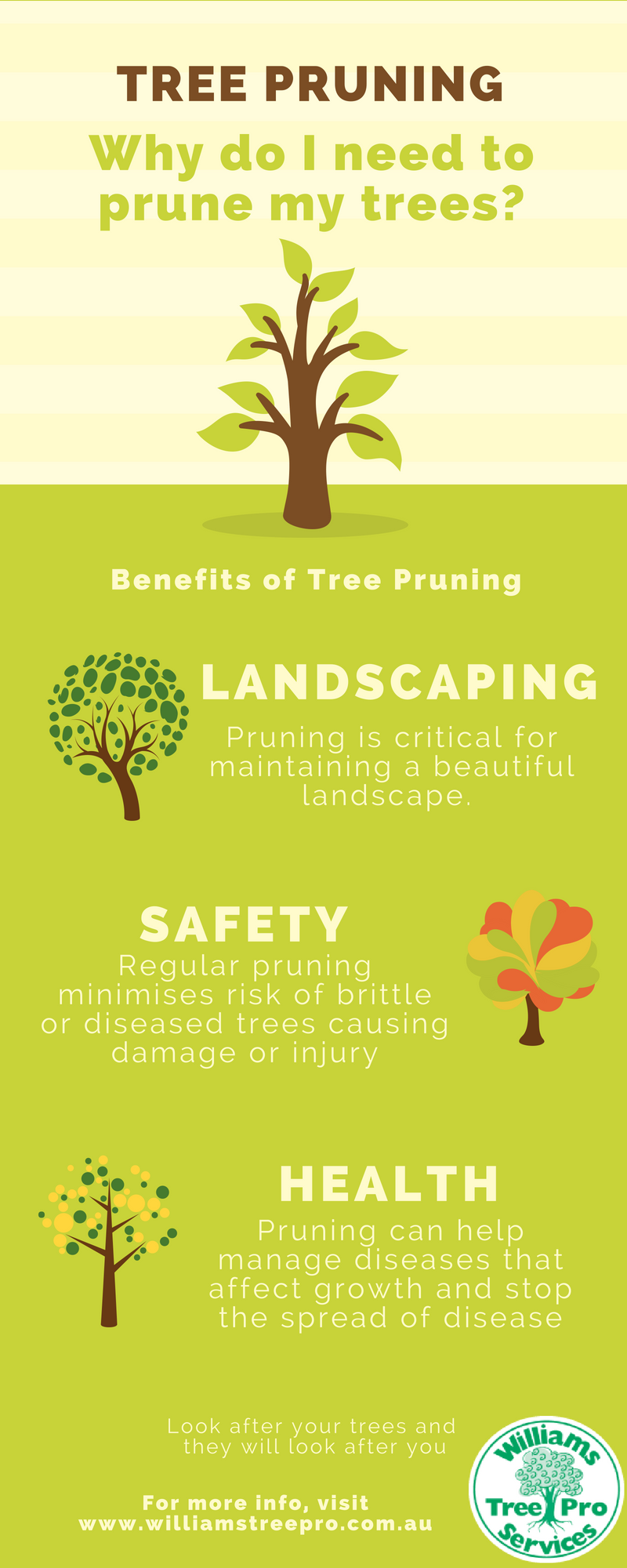Identifying The Requirement For Tree Elimination: An Overview For Homeowners
Identifying The Requirement For Tree Elimination: An Overview For Homeowners
Blog Article
Authored By- call maintenance include charm and value to property, but they can additionally pose a danger during severe climate events. If a tree has stopped growing, is displaying visible fungal growth, or has a leaning trunk, it must be eliminated by an expert to stay clear of building damage and injury.
To get more information, participate in a property owner source reasonable co-hosted by HPD, the Facility for New York City Neighborhoods, and Brooklyn-based real estate partners this night in Bedford-Stuyvesant. The occasion will feature the House owner Handbook, a brand-new guide to help homeowners browse the obligations of possessing a home.
1. Dead or Perishing Branches
Trees are an indispensable part of your home's landscape, supplying shade and charm. They likewise supply sanctuary for wildlife and create oxygen, however also healthy trees can experience health issue that may necessitate their elimination. Dead or dying trees aren't just unattractive, they can be hazardous. Their branches might drop during a tornado, bring about expensive property damage and injuries.
When a tree's branches begin to die, it suggests that its framework is beginning to break down. If the majority of its branches are dead, it is most likely time to remove it.
Seek a lack of brand-new development, bark peeling, open injuries or tooth cavities, fungis growing on the trunk or roots and a basic appearance of degeneration in the whole cover. These indicators of infection can show a severe problem that will call for specialist tree services to resolve.
2. Leaning Trunk
While it's regular for trees to lean periodically due to phototropism, if a tree has an unsafe or severe lean that's not because of natural processes - it could be an indication that the tree needs to be eliminated. If the tree is leaning toward a high-voltage line, home, car, play structure or any other location that could be harmful to individuals if it drops, then getting in touch with a professional tree service for elimination should be a top priority.
It's likewise important to expect any kind of sudden changes in a tree's leaning as it can indicate damage to the origins or trunk that might bring about dropping. This is especially real throughout thundercloud, given that high winds and rain-soaked dirt can cause a lean to transform rapidly. simply click the following article , especially throughout and after storms can assist homeowners recognize potential issues with their trees so they can call an arborist for a complete analysis.
3. Bug Infestation
Some pest invasions, such as wood-boring bugs like emerald ash borer or sap-suckers like scale pests, are so serious that they can trigger a tree to die. The most effective means to prevent pest problem is to check your trees regularly. Seek spots, openings, or discolorations in the fallen leaves and bark. Analyze the trunk for cracks and indicators of insect damage, such as passages or tracks.
If a tree ends up being also ravaged with insects, or is close to a home or high-voltage line, an arborist may recommend elimination. If a leaning tree develops a brand-new, unsteady lean, an arborist will likely advise removal too to make certain the security of people and building. If a damaged or dead tree continuously drops too much branches, it is a sign that it is time to get rid of the tree. If a tree remains to shed branches for an extended period of time, it could lead to architectural issues and possible residential or commercial property damages.
4. Harmed Trunk
Trees are a stunning and important part of our landscape, yet they do need regular care to maintain them healthy and balanced and safe. If a tree is damaged beyond repair it is likely time for it to find down.
Look for signs of damage to the trunk, including upright cracks, joints, dead branch stubs, visible wounds or open dental caries and extreme tree-rot. The existence of fungis at the base of the trunk is another alerting sign. Fungis might suggest that the phloem and xylem (life-support tissues) are endangered, allowing for the spread of condition or a future failing.
Likewise, consider whether the tree has quit expanding. Healthy and balanced trees will have new development annually, which might show up as buds or branches growing and extending. If you do not see any type of brand-new development, it's a great idea to have an arborist assess the tree and follow their referral for elimination. A dying or damaged tree can drop and create building damages.